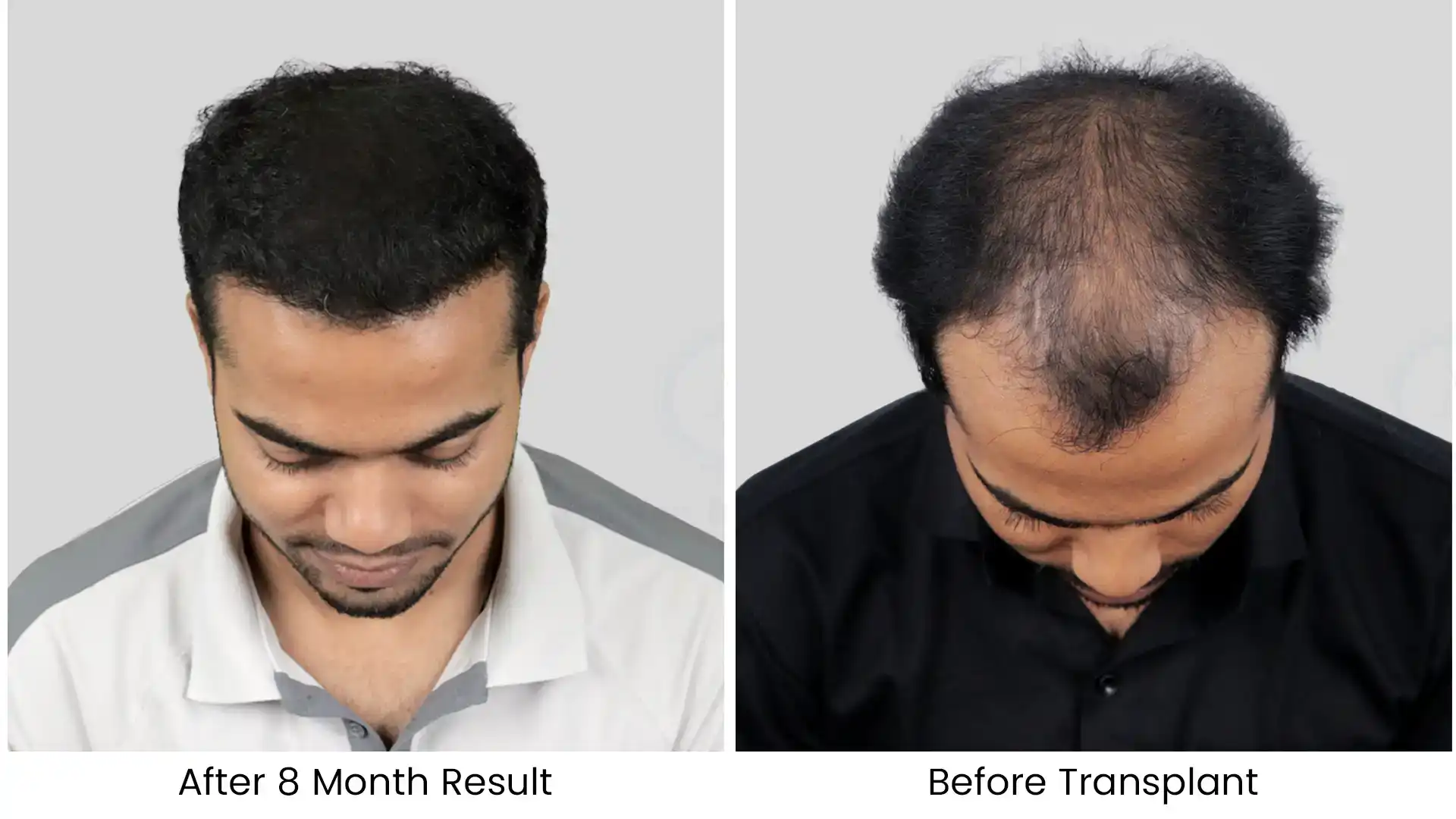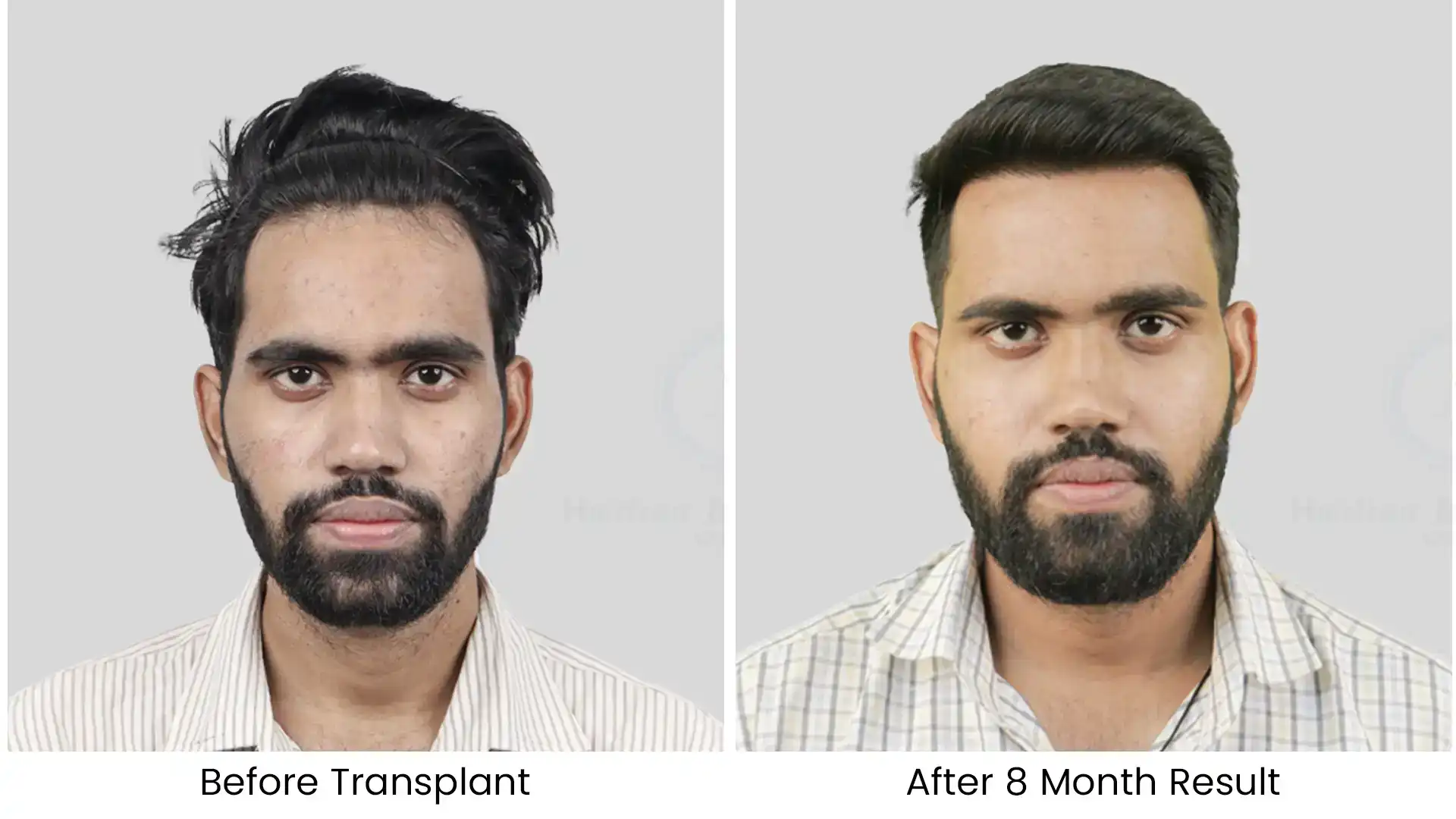Watching your hair gradually thin can be frustrating — especially when every shampoo, oil, or supplement seems to promise more than it delivers. But modern science is opening new doors for people looking to restore their hair naturally and effectively. One such breakthrough is Dutasteride, a powerful medication that targets the root hormonal cause of hair loss.
Today, Dutasteride hair regrowth treatments are gaining global attention for their ability to not only slow down hair thinning but also help revive dormant hair follicles.
Originally developed to treat prostate conditions, Dutasteride has now become one of the most promising solutions for androgenetic alopecia, offering hope to those who thought their lost hair was gone for good.
What is Dutasteride?
Dutasteride is an oral medication originally approved for the treatment of benign prostatic hyperplasia (BPH)—a condition in which the prostate gland becomes enlarged. However, researchers discovered that it also helps in reducing hair loss caused by DHT (dihydrotestosterone)—the main hormone responsible for male pattern baldness.
Dutasteride works by blocking an enzyme called 5-alpha reductase (5AR), which converts testosterone into DHT. High levels of DHT shrink hair follicles over time, leading to thinning and eventual baldness. By reducing DHT production, Dutasteride helps slow down or even reverse hair loss in people genetically prone to it.
While the U.S. FDA has not officially approved Dutasteride for hair loss, it’s approved for androgenetic alopecia in South Korea, Japan, and Taiwan. Many doctors around the world prescribe it off-label for treating hair loss.
How Does Dutasteride Work for Hair Loss?
To understand Dutasteride hair regrowth, we must compare it with Finasteride, another popular DHT-blocking medication.
Both Dutasteride and Finasteride are 5-alpha reductase inhibitors, but the key difference lies in their reach. Finasteride blocks only type 2 of the 5AR enzyme, while Dutasteride blocks both type 1 and type 2. This makes Dutasteride more powerful in suppressing DHT levels.
- Dutasteride reduces DHT levels by up to 98%
- Finasteride reduces DHT by around 70%
Because of this, Dutasteride can be more effective for individuals who don’t respond well to Finasteride or whose hair loss continues despite treatment.
Another unique feature of Dutasteride is its long half-life—about 5 weeks, compared to only 6-8 hours for Finasteride. This means that Dutasteride remains active in your system much longer, requiring less frequent doses in some cases.
Different Forms of Dutasteride
1. Oral Dutasteride
The most common form is the oral capsule (0.5 mg), taken once daily or as prescribed by a doctor. Many hair specialists recommend it two to three times a week because of its long-lasting effects.
2. Topical Dutasteride
Some pharmacies and hair restoration clinics also offer topical Dutasteride in liquid or lotion form. This version is applied directly to the scalp and is often combined with Minoxidil or microneedling (mesotherapy) to enhance absorption.
Topical formulations are preferred by those who want to minimize systemic side effects, as they deliver smaller amounts of the drug into the bloodstream.
How Effective is Dutasteride for Hair Regrowth?
Oral Dutasteride
Clinical studies show that oral Dutasteride is superior to Finasteride in improving hair density and slowing down hair thinning.
In a study involving 600 men with androgenetic alopecia, those taking 0.5 mg of Dutasteride daily showed significantly better improvement than those taking 1 mg of Finasteride, with similar rates of side effects.
Another placebo-controlled clinical trial confirmed that Dutasteride led to a higher increase in hair count after 24 weeks compared to Finasteride and placebo.
Topical Dutasteride
Recent research also supports the use of topical Dutasteride when paired with microneedling. In a 2022 study, 52.9% of participants using topical Dutasteride with microneedling showed significant hair growth compared to only 17.6% in the saline (placebo) group.
While topical Dutasteride alone may not be highly effective, its combination with microneedling or Minoxidil can lead to better results.
Dutasteride vs. Finasteride: What’s the Difference?
Feature | Dutasteride | Finasteride |
Enzyme Blocked | Type 1 & Type 2 5AR | Type 2 5AR only |
DHT Reduction | Up to 98% | Around 70% |
Half-Life | 5 weeks | 6–8 hours |
Effectiveness | Higher hair count improvement | Moderate improvement |
FDA Approval for Hair Regrowth | Not yet approved (off-label use) | Approved (1 mg dose) |
In short, Dutasteride offers stronger DHT suppression and may deliver better results in cases where Finasteride has limited success. However, because of its potency, it also carries a slightly higher risk of side effects in sensitive individuals.
Dutasteride vs. Minoxidil
While Dutasteride targets the hormonal cause of hair loss (DHT), Minoxidil works by improving blood flow and nutrient supply to hair follicles.
Minoxidil helps dormant follicles enter the growth phase, whereas Dutasteride prevents follicles from shrinking further.
Both medications can be used together—either as oral Dutasteride with topical Minoxidil, or in a combined topical formula—for optimal results.
When to Start Dutasteride
One of the biggest mistakes people make is waiting too long to start treatment. Once hair follicles are completely dead, no medication can revive them.
That’s why it’s best to begin medical therapy as early as the early signs of hair thinning appear. Dutasteride can help preserve existing hair and even regrow some of what’s been lost — but early intervention is key.
If you’re in your 20s or 30s and notice a receding hairline or thinning crown, it’s not “too early.” In fact, that’s the ideal time to start treatment.
Who Can Take Dutasteride?
Dutasteride is generally recommended for:
- Men over 18 with mild to moderate hair loss
- Postmenopausal women experiencing androgenetic alopecia (since there’s no pregnancy risk)
However, premenopausal women and women who are pregnant or trying to conceive should not use Dutasteride, as it can cause serious birth defects in a male fetus.
Men planning to start a family should also avoid Dutasteride for at least one year before conception, since it can temporarily affect sperm count and quality.
What Happens If You Stop Taking Dutasteride?
Dutasteride works only as long as you continue taking it. If you stop, DHT levels will slowly rise again, and hair loss may gradually resume.
However, stopping the medication doesn’t cause sudden shedding or complete baldness overnight. It’s a gradual process — you’ll simply begin losing the benefits that the medication was providing.
That’s why it’s often considered a long-term commitment. For the best and longest-lasting results, Dutasteride should be part of your ongoing hair maintenance plan.
Possible Side Effects of Dutasteride
Dutasteride is generally well tolerated, but like any medication, it may cause side effects in some individuals.
Common side effects include:
- Decreased libido (sex drive)
- Erectile dysfunction
- Mild depression
- Breast tenderness or enlargement in men
In one clinical trial, only a small number of participants reported reduced libido or impotence, and these side effects were dose-dependent.
Other rare side effects include mild dizziness, fatigue, or skin irritation (with topical use).
Important Precautions
- Dutasteride should not be used by women who are pregnant or planning pregnancy, as it can affect fetal development.
- Always inform your doctor about other medications you’re taking, as Dutasteride can interact with certain antibiotics, antidepressants, and HIV drugs.
Is Dutasteride Safe for Long-Term Use?
Long-term studies have shown no serious adverse effects when Dutasteride is used under medical supervision. However, since it’s not yet FDA-approved for hair loss, users should approach treatment cautiously and consult a qualified dermatologist or trichologist before starting.
Other Effective Hair Loss Treatments to Combine with Dutasteride
For best results, Dutasteride can be combined with:
- Topical or oral Minoxidil – to stimulate hair growth
- Platelet-Rich Plasma (PRP) therapy – to enhance follicle health
- Low-Level Laser Therapy (LLLT) – to improve scalp circulation
- Microneedling/Mesotherapy – for better absorption of topical solutions
Lifestyle factors such as healthy diet, stress management, and scalp hygiene also play an important role in maintaining long-term hair health.
Dutasteride After Hair Transplant
Even after a hair transplant, Dutasteride plays a vital role. While transplanted hair is generally resistant to DHT, the native (non-transplanted) hair can still thin over time.
Continuing Dutasteride after a transplant helps protect the surrounding hair and maintain a fuller, balanced look for years.
Final Thoughts
Dutasteride is one of the most effective and scientifically proven medications for male and female pattern hair loss. By lowering DHT levels by up to 90%, it helps slow down shedding, encourage Dutasteride hair regrowth, and maintain stronger, thicker strands over time.
Remember, hair restoration isn’t a one-time fix — it’s a long-term commitment that combines medical therapy, balanced nutrition, and consistent scalp care.
If you’re starting to notice early signs of thinning or receding hair, don’t wait. The sooner you begin your Dutasteride hair regrowth journey, the more hair you can protect — and possibly regrow for a fuller, healthier look.
Written By
MD (Skin & VD)
Dr. Kiran Chotaliya is a trusted hair restoration specialist known for his expertise in Dutasteride Hair Regrowth. He provides evidence-based treatments, personalized care, and long-term solutions to help patients improve hair density, restore confidence, and achieve healthy, natural-looking results through advanced medical approaches.
Disclaimer
We’ve made all possible efforts to ensure that the information provided here is accurate, up-to-date and complete, however, it should not be treated as a substitute for professional medical advice, diagnosis or treatment. See Detailed Disclaimers Here.








